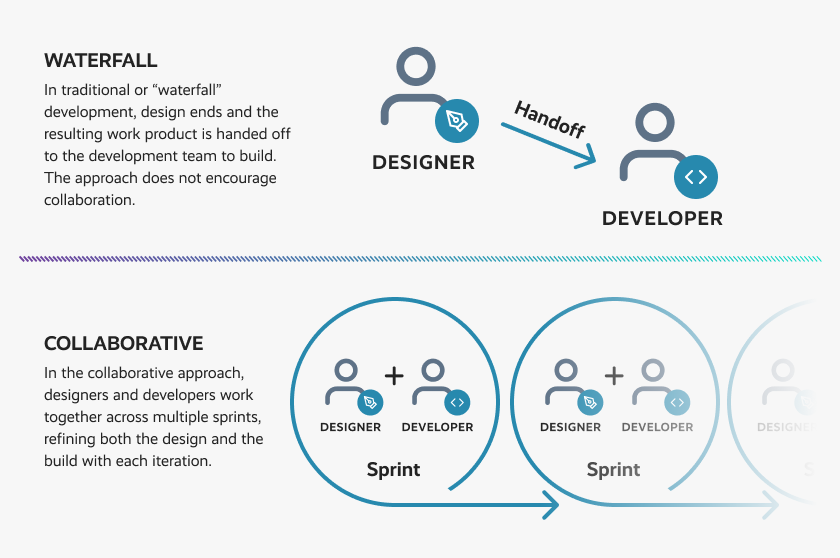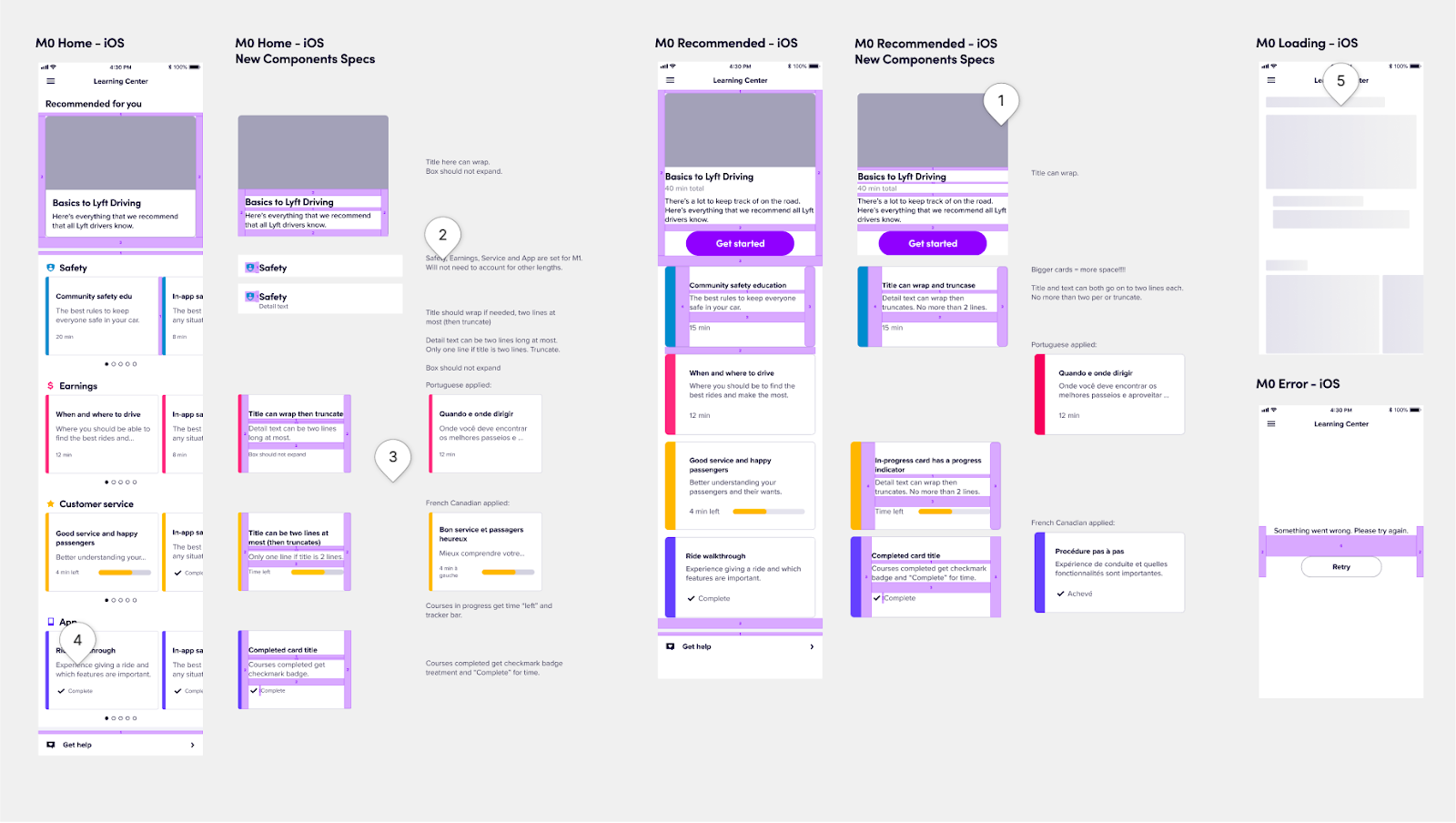Design to Engineering Handoff
(2025-08-17T02:42.545Z)
Perplexity Query
(2025-08-17T02:42
.545Z)
Question:
Write a comprehensive one-page article about "Design to Engineering Handoff".
Response from sonar-pro:
Bridging Creativity and Implementation
Design to engineering handoff is the process by which a finished design is transferred from designers to engineers for implementation. This step is critical because it determines how faithfully a product concept will be translated into a functional reality, affecting both user experience and development efficiency.
[m0whx1]
[hlq6rz]
In today’s rapid product cycles, a seamless handoff is essential for minimizing costly miscommunication, maintaining design integrity, and delivering successful digital products.

The design to engineering handoff goes beyond sharing files—it’s about transferring the designer’s intent, complete specifications, and relevant context to the engineering team.
[m0whx1]
[avlz0p]
At its core, the handoff includes visual elements like layouts, typography, and imagery, but also user flows, interaction behaviors, animations, accessibility guidelines, and validation logic.
[m0whx1]
[hlq6rz]
For instance, a designer preparing an app screen for handoff should organize files clearly, label components, provide comprehensive specifications (e.g., color codes, spacing, responsive rules), and deliver images and icons in correct formats.
[m0whx1]
[avlz0p]
A practical example is a team building a mobile banking app. The design team might use Figma to finalize screens, detailing every button state, animation cue, and user flow. They provide developers with a “For Engineering” page containing relinked design system attributes, overlays for spacing, asset exports, and notes on accessibility.
[526ugh]
Modern tools like Zeplin or Figma’s Dev Mode facilitate this by allowing designers to tag specs, annotate flows, and automate asset extraction.
[avlz0p]
The benefits of a robust handoff are clear:
- Preserves design intent and product consistency, so elements like spacing and typography don’t “drift” during implementation. [mcnm14]
- Improves efficiency and feedback loops, as interactive prototypes and thorough documentation let developers clarify requirements and catch problems early. [m0whx1]
However, several challenges persist. Communication gaps between teams—often rooted in differing terminologies and perspectives—can lead to ambiguous specs, unmet requirements, or design flaws in the final product.
[mcnm14]
[hlq6rz]
Disorganized files, missing asset exports, and inadequate documentation further slow down development and breed frustration.
[m0whx1]
[526ugh]
Design handoff processes also vary widely by company, team structure, and toolset, requiring constant adjustment and awareness of best practices.
[526ugh]
[avlz0p]

Current State and Trends
Design to engineering handoff has evolved from a rigid, “waterfall” event to a fluid, incremental process within agile environments.
[hlq6rz]
Today, teams use real-time design tools (like Figma, Sketch, Adobe XD) alongside delivery platforms (such as Zeplin) that automate asset management and specification sharing.
[avlz0p]
Key players—Figma, Zeplin, InVision, Adobe, and enterprise platforms—continue to expand features for designer-developer collaboration, including live design tokens, component overlays, and integrated design systems.
[avlz0p]
Recent trends emphasize continuous handoff, where designers and developers collaborate from the outset via shared workspaces, synced documentation, and regular usability testing.
[m0whx1]
This reduces handoff bottlenecks and increases flexibility, allowing for rapid iteration and better adaptation of complex or responsive user experiences.
[m0whx1]
[hlq6rz]

Future Outlook
Looking forward, seamless handoff will increasingly rely on smarter automation, AI-assisted documentation, and tighter integration between design and engineering platforms. As cross-functional team collaboration becomes standard, tools will better anticipate developer needs—suggesting component specs, flagging inconsistencies, and syncing changes in real time. The overall impact will be faster product cycles, improved quality, and empowered teams capable of delivering user-centric experiences with fewer handoff hurdles.
In summary, the design to engineering handoff is a vital link in digital product development, blending creativity with execution. As platforms and practices advance, this bridge will become ever more effective, setting the stage for better products and more cohesive teamwork.
Citations
[mcnm14] 2025, Aug 16. Design Handoff Basics – What Do Developers Need from Designers?. Published: 2022-12-05 | Updated: 2025-08-16
[m0whx1] 2025, Aug 13. What Are Design Handoffs — updated 2025 | IxDF. Published: 2025-03-25 | Updated: 2025-08-13
[526ugh] 2025, Mar 20. Design To Engineering Handoff - Design Systems For Figma. Published: 2020-11-03 | Updated: 2025-03-20
[avlz0p] 2025, Jul 26. Design Handoff 101: How to handoff designs to developers. Published: 2022-11-07 | Updated: 2025-07-26
[hlq6rz] 2025, Aug 15. How to Ensure a Smooth Design Handoff | IxDF. Published: 2025-03-12 | Updated: 2025-08-15